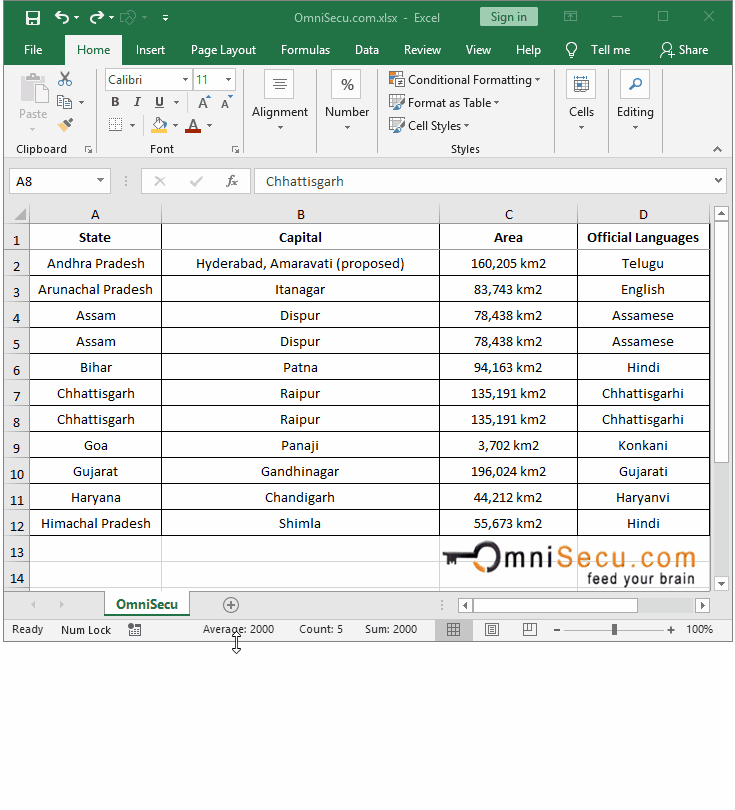Delete a Sheet in Mac Excel Easily: Step-by-Step Guide

Mac users often find that while Microsoft Excel has a robust set of features, navigating some functionalities can be a bit different than on Windows. Among these functionalities is the relatively simple task of deleting a sheet, which might not seem straightforward. This article will guide you through deleting a sheet in Mac Excel with ease, ensuring you can manage your spreadsheets effectively.
Why Delete a Sheet in Excel?

Before we dive into the step-by-step guide, let’s briefly touch on why you might need to delete a sheet:
- Organize your work by removing unnecessary sheets.
- Reduce the file size of your Excel workbook.
- Start with a clean slate for new data entry or analysis.
Steps to Delete a Sheet in Mac Excel

Here’s how you can delete a sheet in Mac Excel:
- Open Your Excel Workbook: Launch Microsoft Excel on your Mac and open the workbook containing the sheet you wish to delete.
- Select the Sheet to Delete: Find the sheet tab at the bottom of the workbook window. Click on the tab of the sheet you want to delete to make it the active sheet.
- Delete the Sheet: Right-click (or control-click) on the sheet tab. A context menu will appear. Select “Delete” from the menu.
- Confirm Deletion: Excel will prompt you for confirmation since this action is not easily undoable. Click “Delete” in the confirmation dialog box to proceed.
⚠️ Note: Deleting a sheet in Excel is permanent and cannot be undone through the 'Undo' command. Be sure you really want to delete the sheet before confirming the action.
Alternative Ways to Delete a Sheet

If you prefer a different method or if you encounter issues with the right-click:
- Using the Ribbon: Navigate to the Home tab, click on the “Format” option in the “Cells” group, then select “Delete Sheet”.
- Keyboard Shortcut: Select the sheet tab, then press Ctrl+- (Control+Minus sign). Click on “Entire Sheet” in the dialog box, then press “OK”.
💡 Note: While Excel doesn't support the traditional 'Undo' for sheet deletion, you can always open an auto-saved backup if needed. Ensure auto-save is enabled in Excel preferences.
Considerations When Deleting Sheets

Before you proceed with deleting sheets, keep these considerations in mind:
- Check for any important data in other sheets that might reference the sheet to be deleted.
- Look for any external links or VBA code that might reference the sheet.
- Be aware that deleting a sheet can affect formulas, charts, or data validation rules that reference that sheet.
As we wrap up this guide on how to delete a sheet in Mac Excel, it's clear that while the process might seem simple, there are several aspects to consider to ensure you manage your Excel workbooks efficiently. Always remember that deleting a sheet can have irreversible consequences on data integrity and functionality within the workbook, so approach with caution. By following these steps and taking into account the considerations, you'll be adept at keeping your Excel files organized and clean.
Can I recover a deleted sheet in Excel?

+
Once a sheet is deleted in Excel, you cannot recover it through the ‘Undo’ function. However, if you have autosave enabled, you might be able to retrieve an older version of your workbook with the sheet intact.
What happens to the references when I delete a sheet?

+
References to the deleted sheet will become invalid, potentially causing errors or altering formulas that rely on data from the deleted sheet.
Is there any way to delete multiple sheets at once?

+
Excel does not provide a direct method to delete multiple sheets simultaneously, but you can use VBA scripting to automate this process if necessary.



